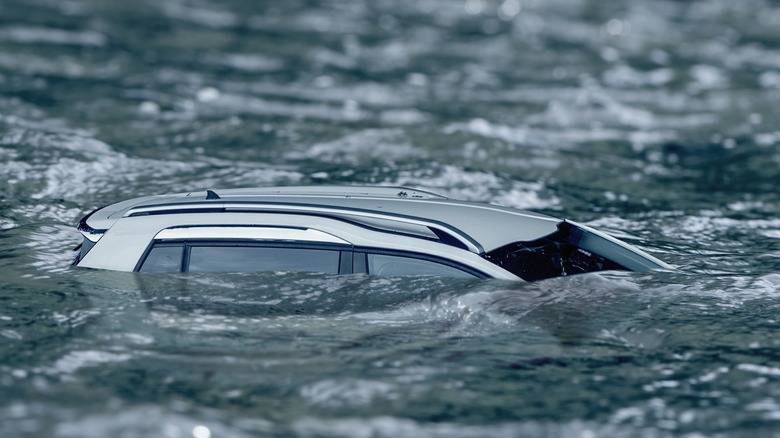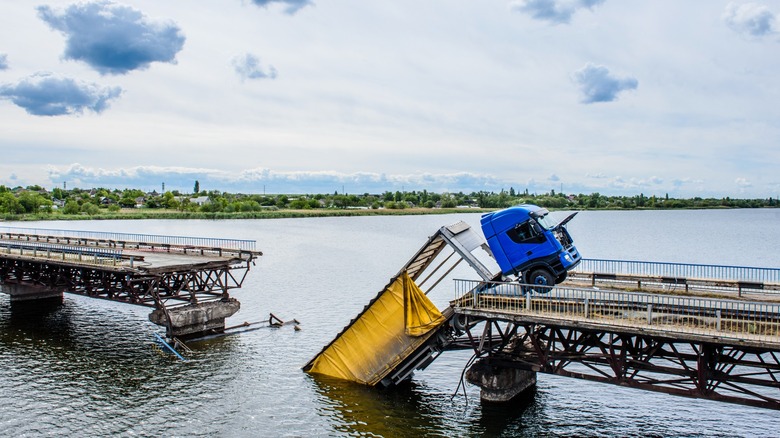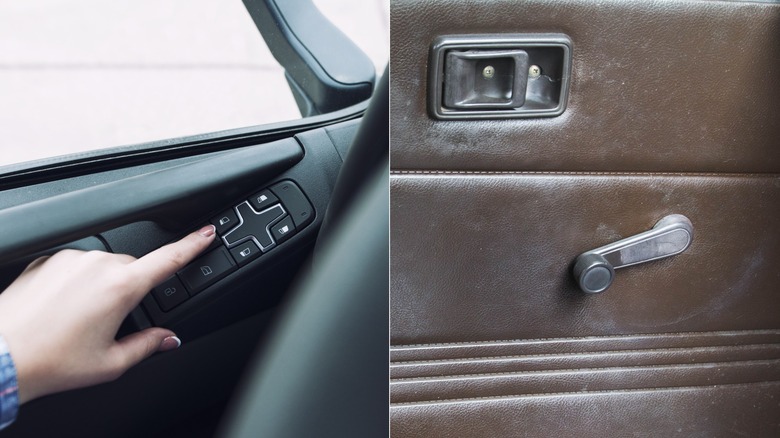How To Escape From A Sinking Vehicle
The collapse of the Francis Scott Key Bridge in Baltimore earlier this year was a tragic incident. It was an alarming reminder of how unprepared many of us are for emergencies like finding ourselves in a submerged car. Imagine driving, and suddenly, your car is underwater. At that moment, you may have only a few seconds to react. Yet, quick thinking can be the difference between life and death. It's a terrifying scenario, no doubt, but when you're able to stay calm and prepared, your chances of escaping and surviving significantly go up.
So, what really can someone do if they find themselves in a sinking vehicle? To navigate these uncharted waters, we turned to Robert Banome, CPA and Firefighter at New York City Fire Department. Robert has a decade of experience in the field. Since he was 17, he has pursued his passion for firefighting, and by combining his knack for numbers and analysis, he has built a unique career as both a firefighter and a CPA. You can find more information about him on LinkedIn.
Steps a driver needs to take to escape a sinking vehicle
From the moment your car hits the water, you have only about 30 to 120 seconds to escape. You don't want to waste any of that time panicking. Instead, what you want to do is take deep breaths and stick to an escape plan. According to Robert, "Without a plan, people might waste precious time trying to use electric controls or open the doors, which are ineffective and increase the risk of panic and disorientation."
So, we asked Robert what steps a driver should take, and he gave us a four-step survival plan. The first step is to remain calm. When you're calm, you can think clearly and act quickly. Next, try to unbuckle your seatbelt. If the release is jammed, you can use a seatbelt cutter to cut the belt.
At this point, opening the doors will be difficult because of the water pressure. So, you'll need to open or break the window to escape. In the first 30 to 60 seconds, you might be able to get the window down using the car's controls successfully.
However, if your car stays submerged in the water any longer, you'll need to shatter the glass with a tool like a window punch. Once the window breaks, water will flood the vehicle at a rapid rate, so Robert advises that you should be prepared to hold your breath and try to force yourself out of the car through the window.
How do you rescue other passengers in a sinking vehicle?
When you have other passengers in your car, you can't afford to think about yourself alone. Their well-being is also your responsibility. So, to give everybody the best chance of survival, you need to stay calm and communicate the escape plan.
In this kind of situation, you or the other passengers might be tempted to call an emergency line for help, smash the windshield, or get out through the door. If any of you waste precious time trying those options, the window of escape could close. And if the car sinks to the ground and water fills it up to the point where there's no longer any air in the vehicle, the chances of survival drop to zero.
The plan is simple: seatbelts off and out the window. As you try to unbuckle your seatbelt, instruct others to do the same. So, if you're able to do yours first, assist the others. Once the seatbelt comes off, try to open or break a window and then guide others through. Try to get the oldest kid out first if you have multiple children, and have them assist the others. Once you're all able to get out of the car, your priority should be to swim to the surface.
Robert reminded us, "Effective communication and reassurance can help keep passengers calm and focused on the escape plan. Ensuring everyone knows to hold their breath and move quickly once the window is broken can significantly improve the chances of all occupants surviving the ordeal."
What you need to know when swimming to safety
The minute you get out of the car and into the water, you might start gasping, breathing heavily, or hyperventilating. This is a typical cold shock response, and it can paralyze your muscles and nerves, making it difficult to swim. So, once you are out of the car and in the water, you should focus on your breathing. Experts say that you have about one minute to control your breathing, 10 minutes of meaningful movement, and an hour before you become unconscious due to hypothermia.
To manage the initial cold shock, focus on taking slow, deep breaths. This will help you regain control over your breathing and reduce the risk of hyperventilation. Once you've stabilized your breathing, you can concentrate on swimming to safety. So, maybe now's a good time to sign up for some swimming lessons.
If you're not sure which direction to swim, look for light or follow the bubbles you see. It's also a good call to cling on to any floating debris or item if you can't swim. This will conserve your energy and increase your chances of being rescued. Making yourself as visible as possible is also important. If you can, wave your arms and shout for help to catch the attention of people nearby. If you have your phone with you and it still works, now's the time to call 911 or your local emergency line.
Are some cars easier to escape from in water?
It's easier to escape from older cars than newer cars. That's because, with an older, manually controlled window, you can roll down the windows without relying on electrical power. This makes a difference because it only takes a few seconds for a car's electric system to fail underwater.
Of course, not everybody owns an older car, so regardless of the car you drive, what's important is that you have the right emergency tools to easily escape if the situation calls for it. Robert told us that "having a pre-planned escape strategy and the necessary tools, such as a window punch and seatbelt cutter, can greatly improve the chances of survival." A window punch is essential for breaking the car windows, which can be nearly impossible to open due to water pressure. Keep a seatbelt cutter within easy reach to quickly free yourself and others if the seatbelt release jams. Both of these tools are compact, and you can easily store them in your glove compartment.
Beyond tools, it is just as important to practice a pre-planned escape strategy with your family and friends. This type of emergency will likely occur without any warning; however, when you've mentally rehearsed the scenario, it becomes slightly easier to stay calm and focused. Instead of being paralyzed with fear and shock, you can immediately spring into action.




